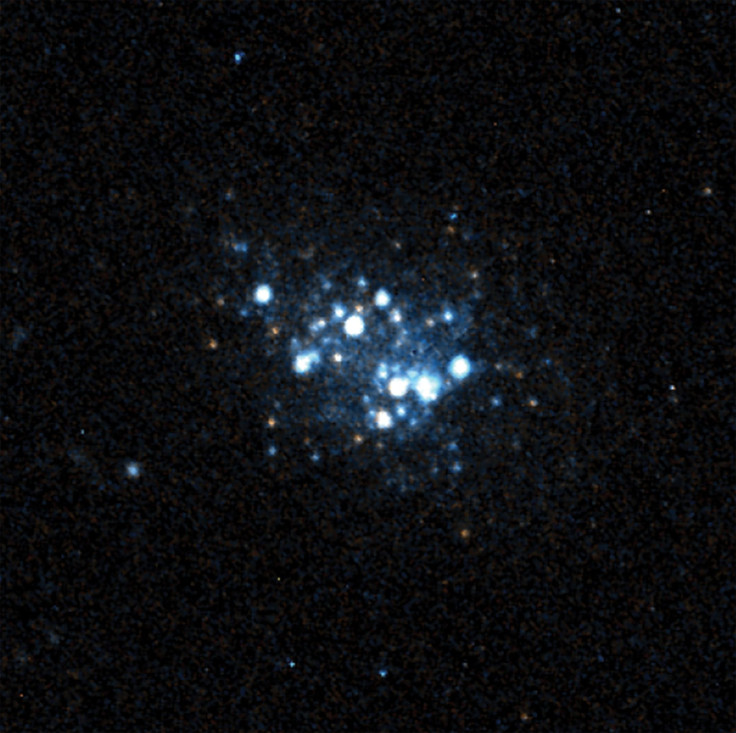Faint Blue ‘Little Lion’ Galaxy Could Shed Light On Universe’s Formative Years

A few years back, a team of researchers discovered a faint blue galaxy 30 million light-years from Earth. Now, in a study published in the Astrophysical Journal, scientists posit that the galaxy — nicknamed Leoncino, or “little lion,” — could shed light on the Big Bang and the conditions prevailing during the birth of our universe.
What makes this dwarf galaxy, officially named AGC 198691, special, is the fact that it has the lowest level of heavy elements — any element other than hydrogen and helium — ever detected in a gravitationally bound system of stars. This characteristic makes it ideal to study what our universe was like in its infancy, when not enough time had elapsed since the Big Bang for the formation of heavy elements.
Our own galaxy, the Milky Way, on the other hand, is far from ideal when it comes to understanding the cosmos’ early formative years, as it is rich in heavier elements formed in the core of stars and dispersed when they go supernova.
“Finding the most metal-poor galaxy ever is exciting since it could help contribute to a quantitative test of the Big Bang,” co-author John Salzer from the Indiana University Bloomington, said in a statement released Thursday. “There are relatively few ways to explore conditions at the birth of the universe, but low-metal galaxies are among the most promising.”
Leoncino is also unique in the fact that its surprisingly dim and has the lowest luminosity level ever observed in a system of its type.
“We're eager to continue to explore this mysterious galaxy,” Salzer said in the statement. “Low-metal-abundance galaxies are extremely rare, so we want to learn everything we can.”
© Copyright IBTimes 2025. All rights reserved.






















